Exploring Catalunya: A day in Villefranche-De-Conflent – UNESCO World Heritage Site
Having spent most of my holidays in Catalunya when I was younger and with family living in the region, I was really looking forward to re-visiting a few interesting locations during my stay there.
I’ve always been fascinated by medieval architecture and old villages. Before leaving Montreal, I decided to contact the local tourism board of Villefranche-De-Conflent and inquire about things, places and people I should photograph during my time there.
Villefranche is unlike any other towns of the area. Originally founded in the 1092, it was then fortified between 1669 and 1682 by Vauban (engineer and architect of King Louis XIV) because of its strategic position in a narrow valley. Over its history, it has been besieged and changed hands several times between France and Spain.
To preserve this precious heritage, the town was added to the list of UNESCO World Heritage Sites as part of the Network of Major Sites by Vauban in 2008.
For this visit, I was equipped with my TAMRON 24-70 F2.8 DI VC G2 and a Samyang 24mm f/3.5 ED AS UMC Tilt-Shift Lens on my Nikon D800.
So let’s get started!
What struck me when I visited this town briefly a few years back is how the pink marble used for a lot of the constructions really makes the village warm and welcoming.
The villlage is pretty small and only features two main streets. The main entrance leads you to rue St-Jean.
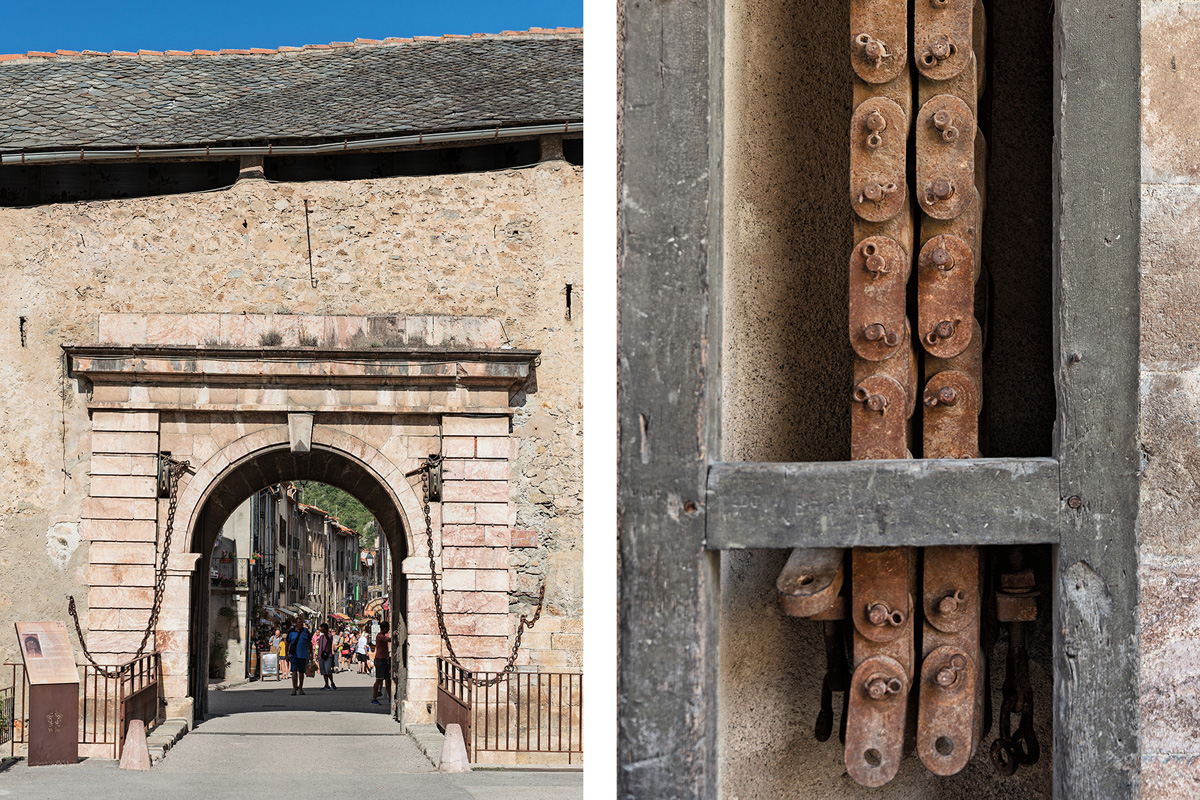

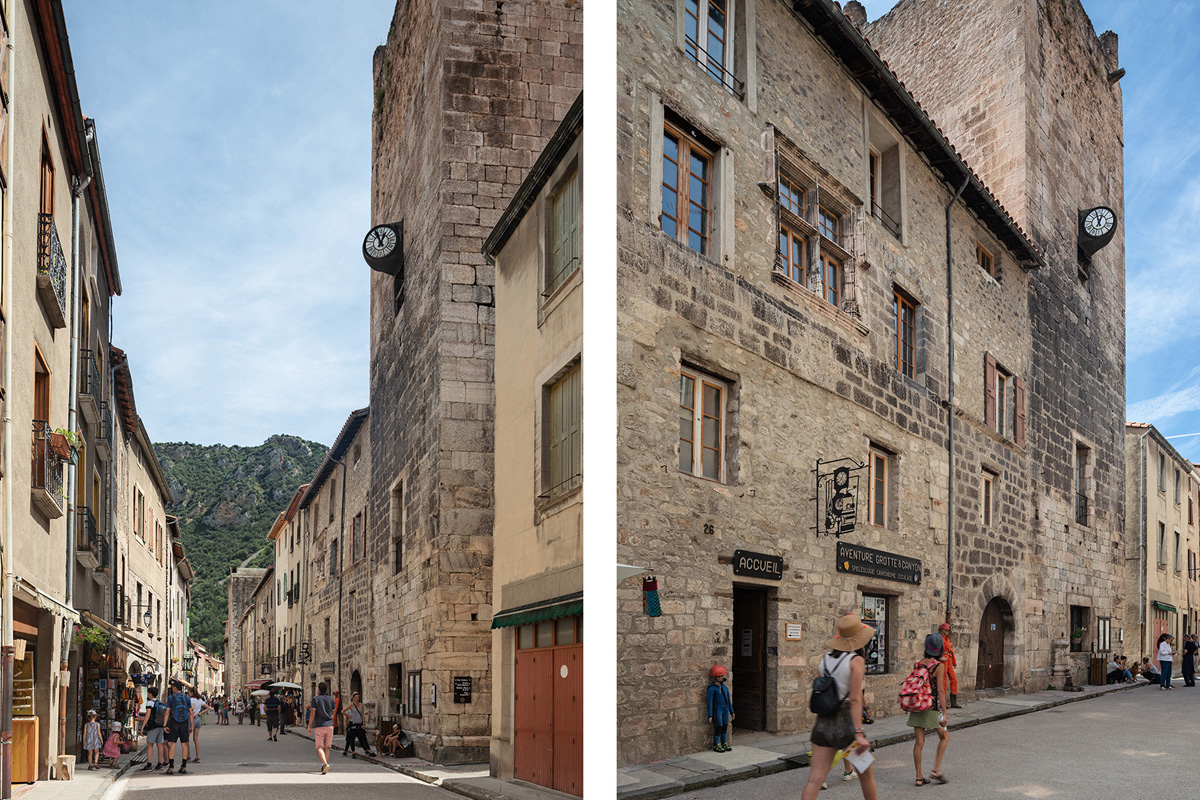
With my list of interesting places in hand, I was ready for my first stop: a portrait at a local pottery called “Poterie de la Citadelle”. Because the artisan, Pierre Saudin, was really busy and couldn’t stop for a formal portrait, I was more than happy to ask if I could follow him around in his workshop while he was working. Although I will post more photos from this series of photos in another post, I wanted to share with you a few interesting shots I took there.
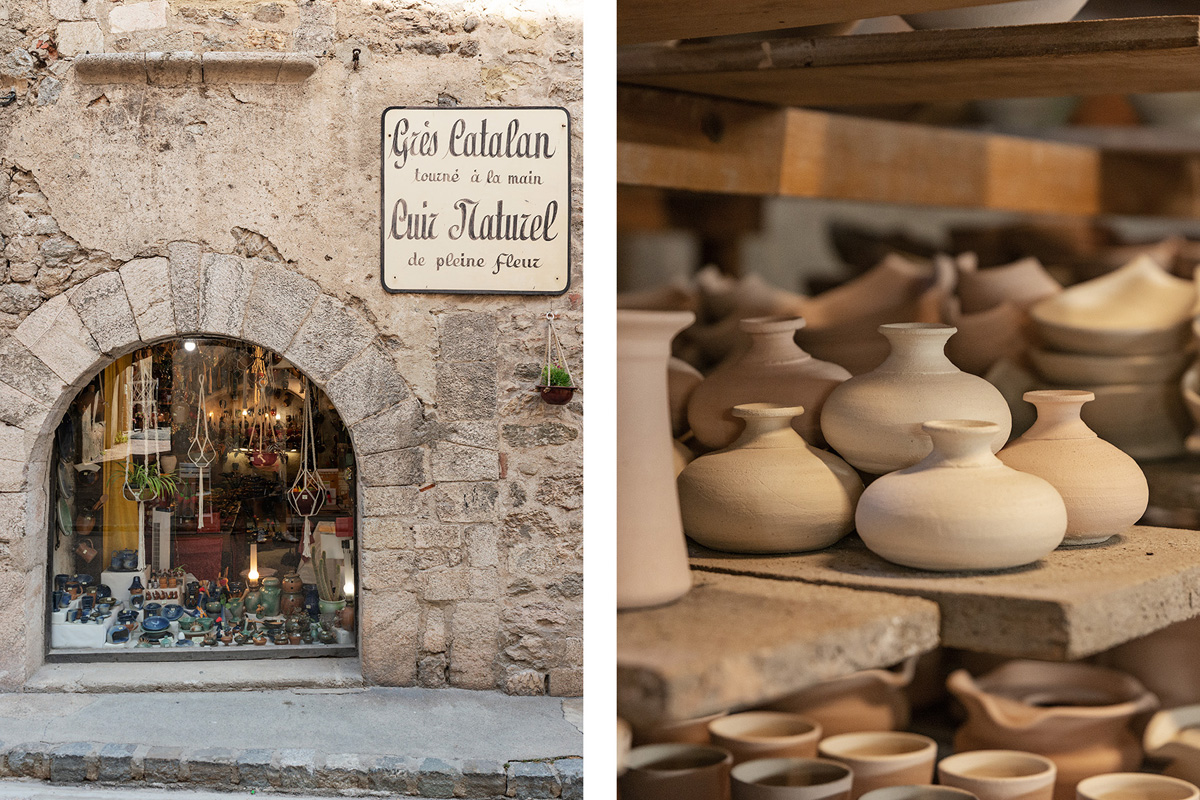
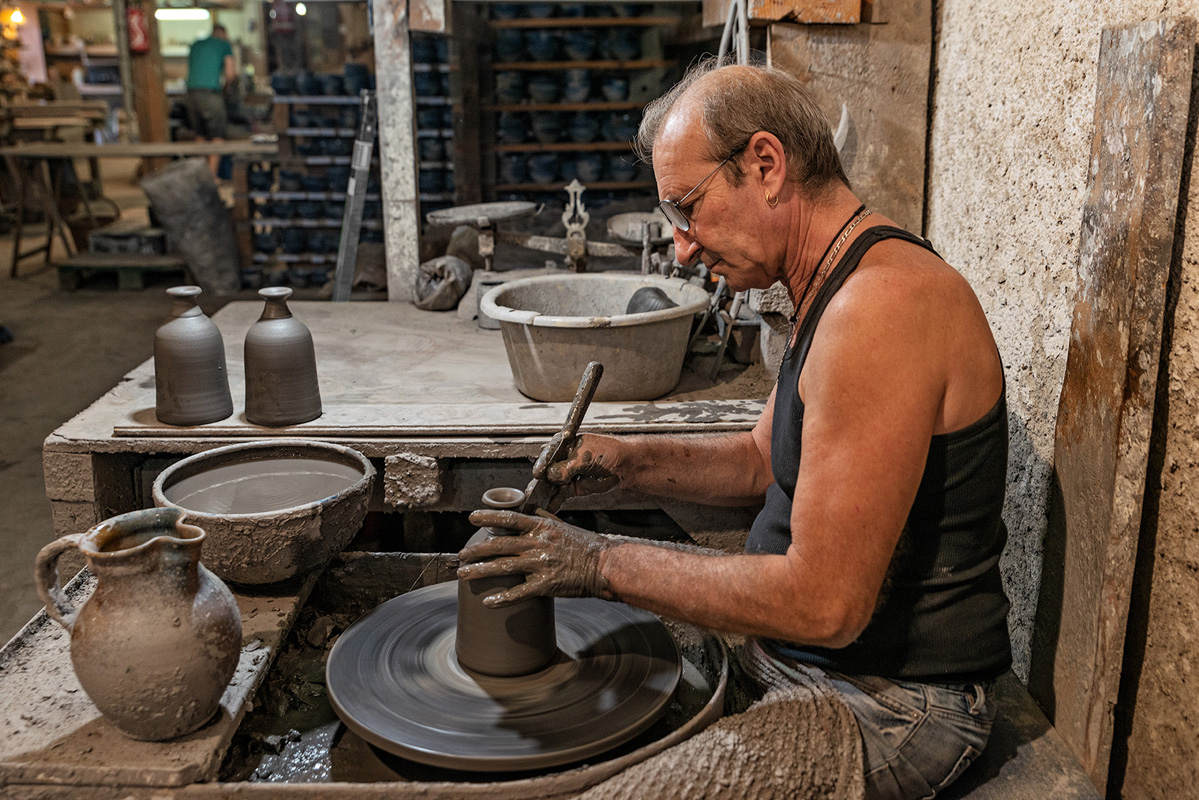
Following the main street, a few interesting stores caught my eye. The first one was selling locally produced scented soaps and the second one witch dolls. Like dream catchers, witches dolls are gifts offered to family members or kids to be hanged out in bedrooms and homes to bring luck and drive away bad spirits.

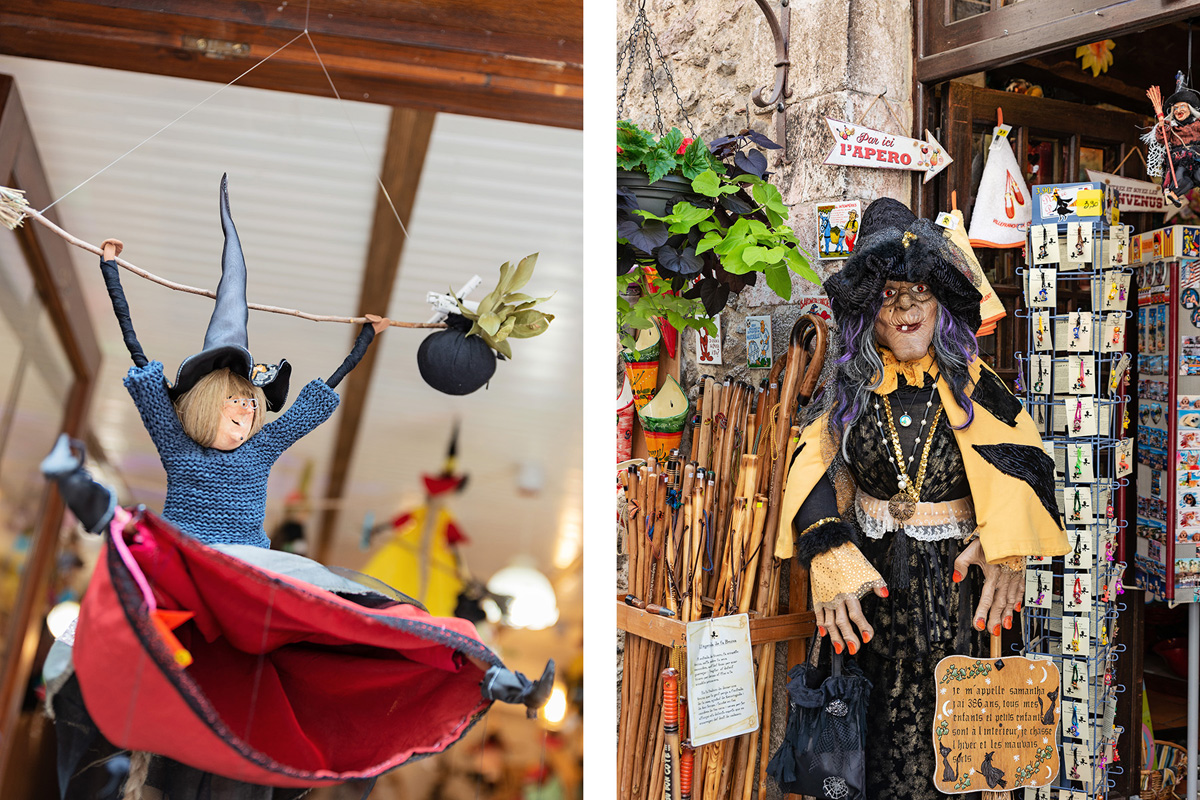
Now, reaching my second stop, I met with Julien Blaya, restaurateur at “La Senyera”. Owner of the restaurant since 2008, his cuisine is made almost exclusively from local products and his dishes take a modern twist on traditional cooking. For the occasion, I had the pleasure to photograph a crispy Pyrenean Beef Brisket braised in Red Wine from Roussillon (“Croustillant de paleron de bœuf fleuron des Pyrénées braisé au vin rouge du Roussillon” in French) that looked amazing, especially when placed against some stone steps near the restaurant.
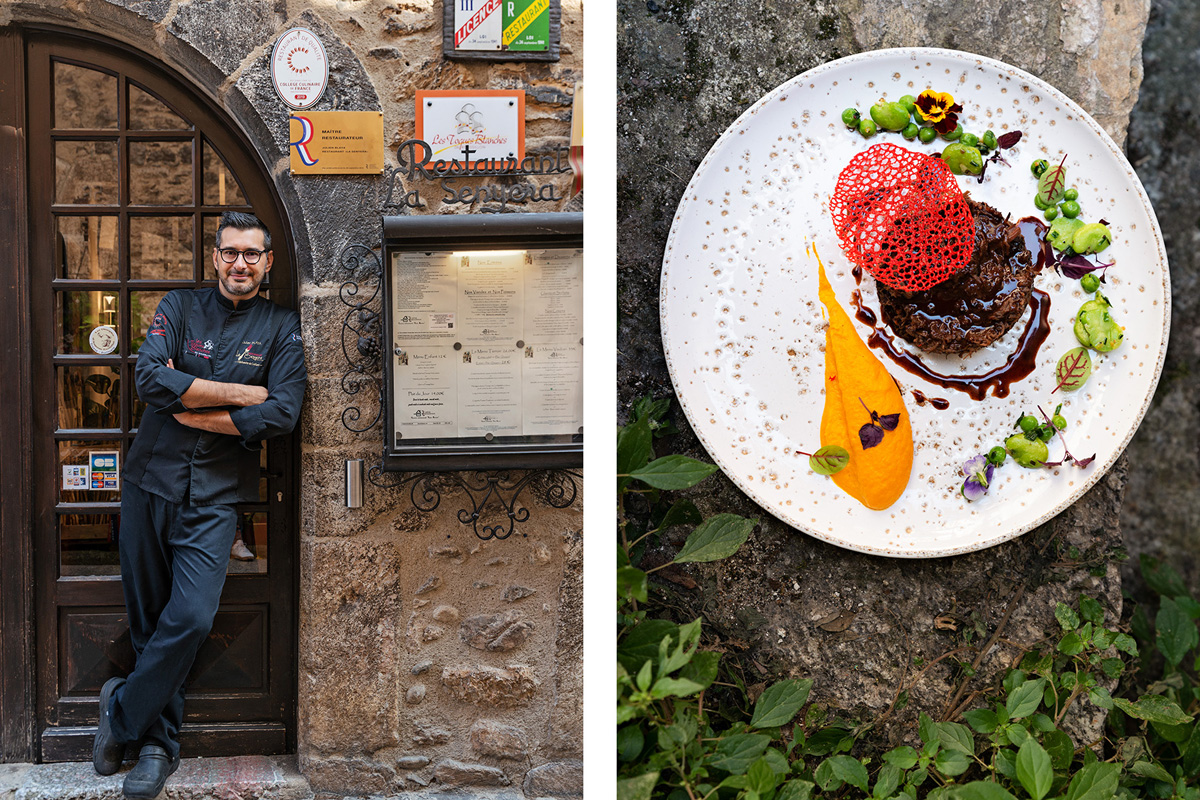
Walking just a few steps, I captured this scene of people enjoying lunch at Restaurant “Le Patio” and some detail shots of a shop selling some tasty local deli meat (saucisson and fuets).
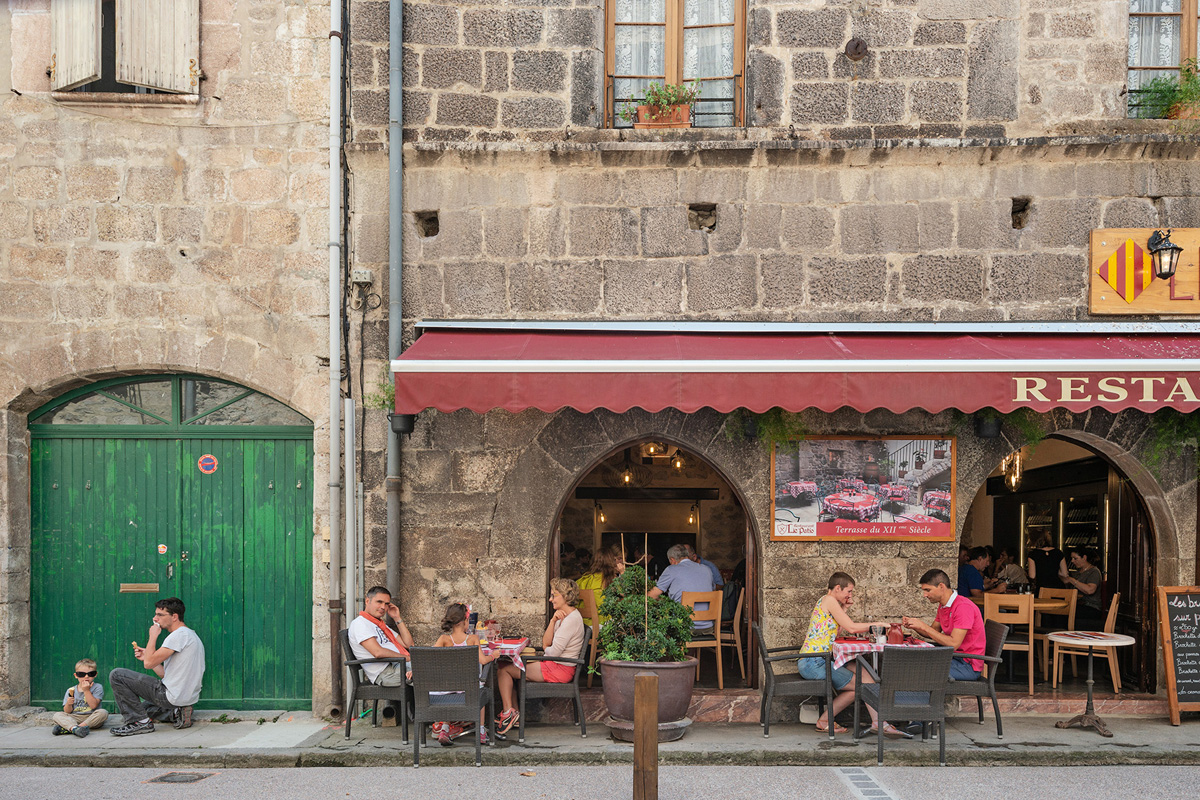
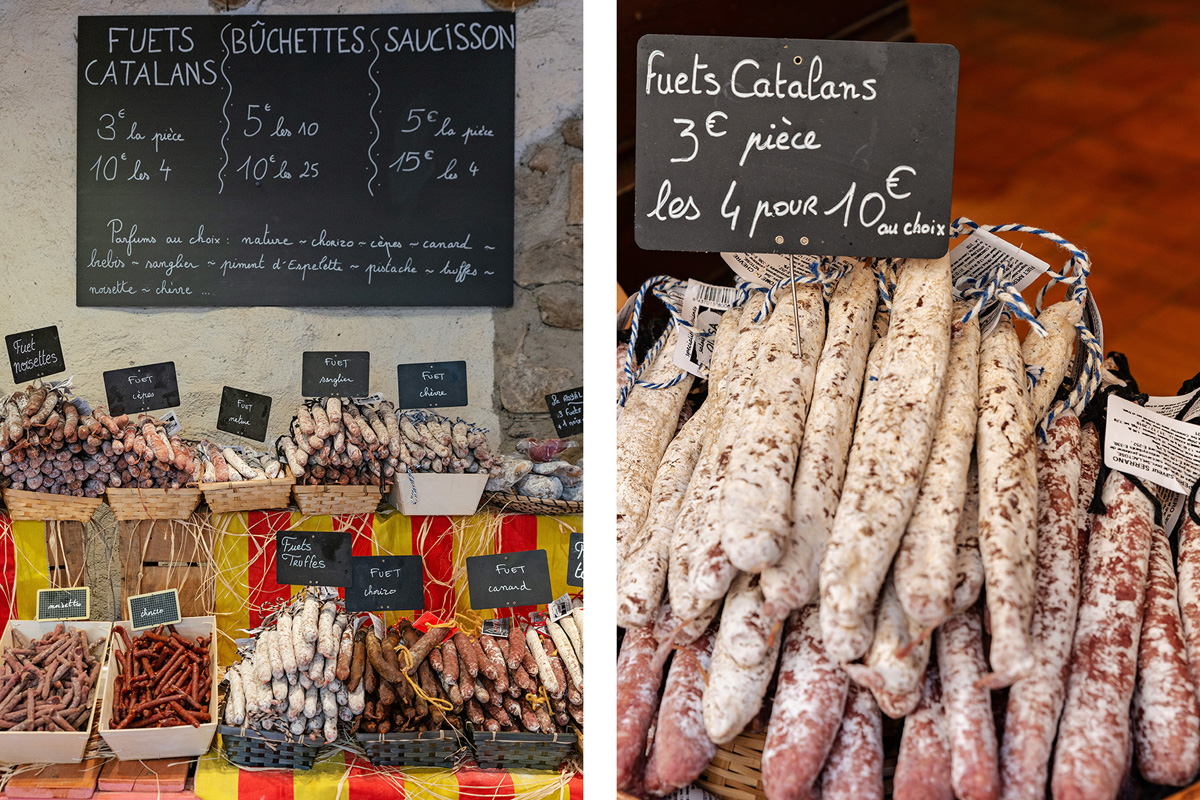
My third major stop was a really fascinating one. Owned by a former volunteer fireman and local figure, Joel Méné, Café le Canigou has one of the most unique and fascinating interiors I’ve seen in a bar. Painted in yellow and red, the colors of Catalonia, the interior is themed around firemen. From all over the world, Air-tanker plane models hang from the ceiling, helmets and crests from firemen companies are displayed behind the bar while posters and photos embellish the walls of the café.
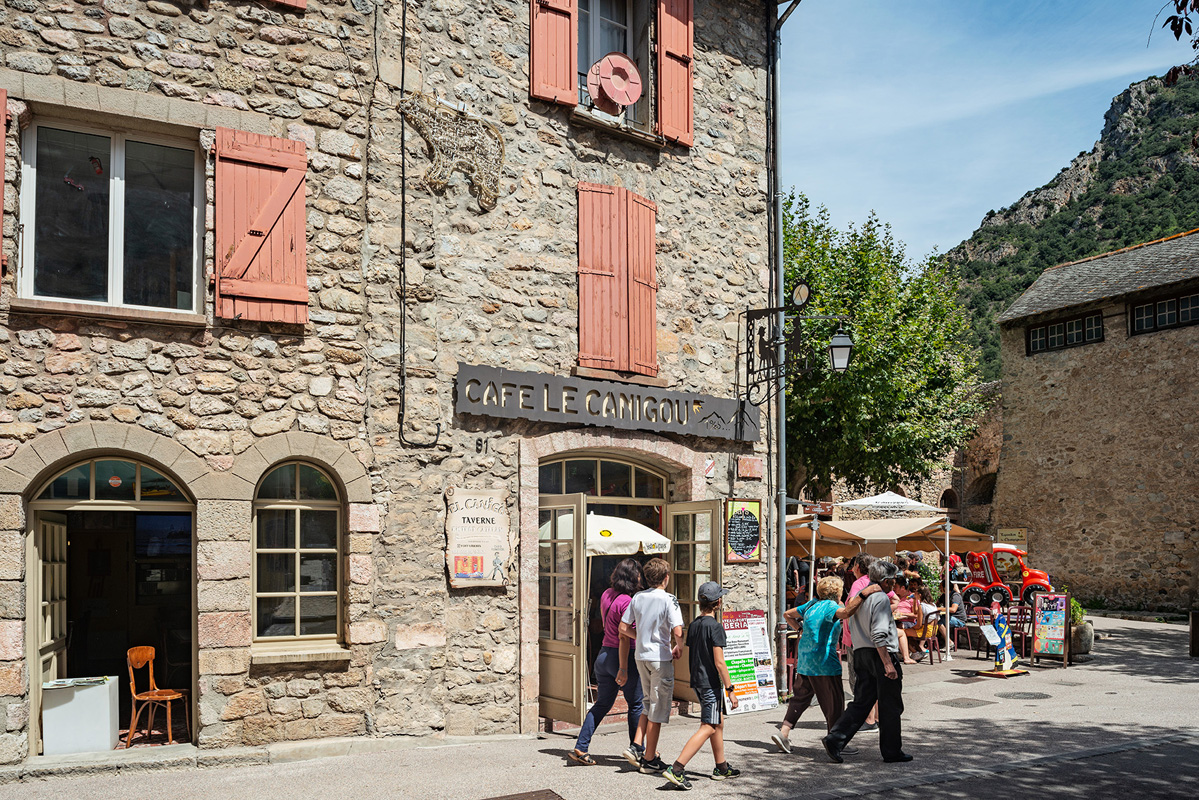
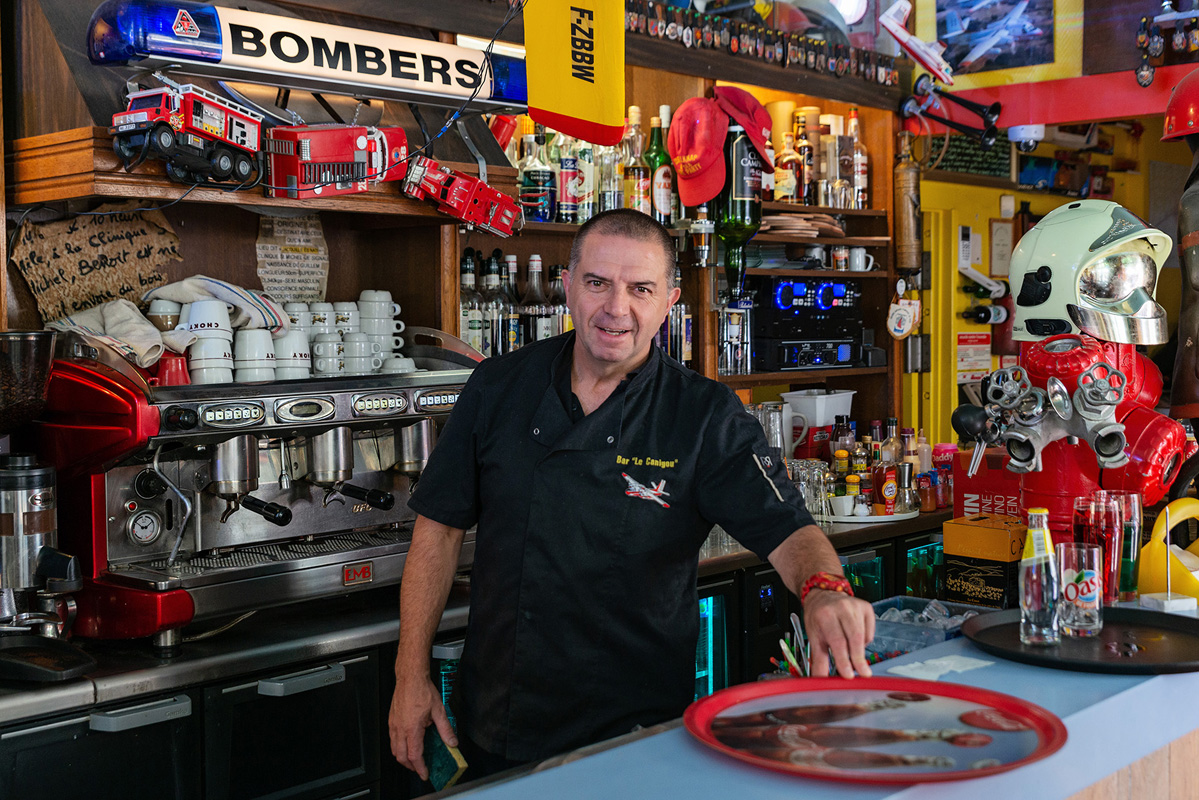
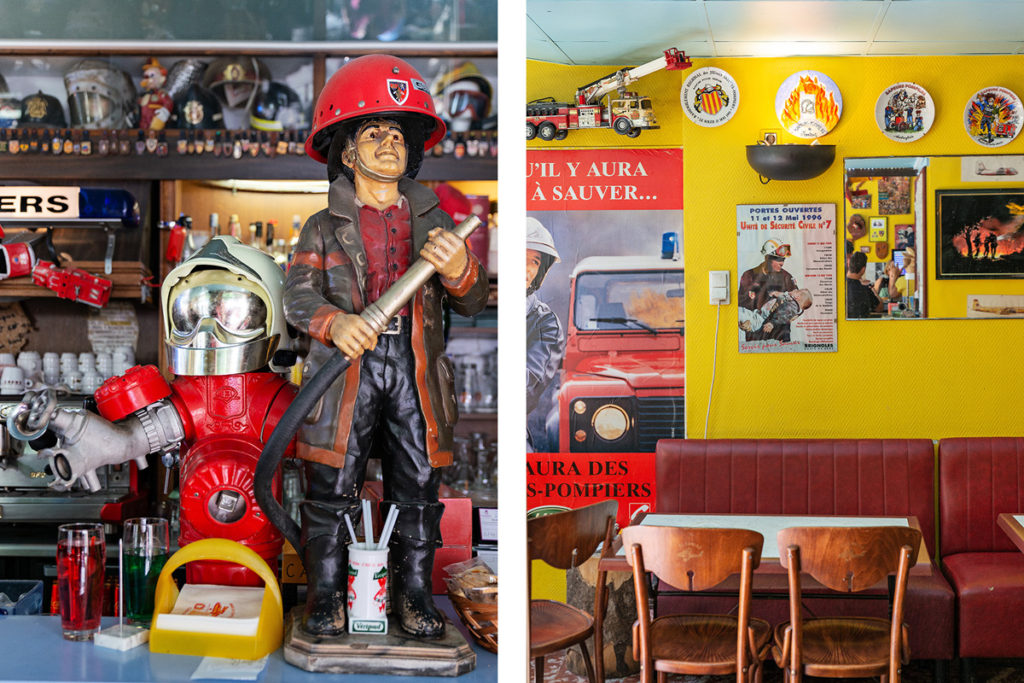

After taking a sneak peak from the outside of the fortified town, it was time to wander deeper into the streets and capture the atmosphere of this charming village.
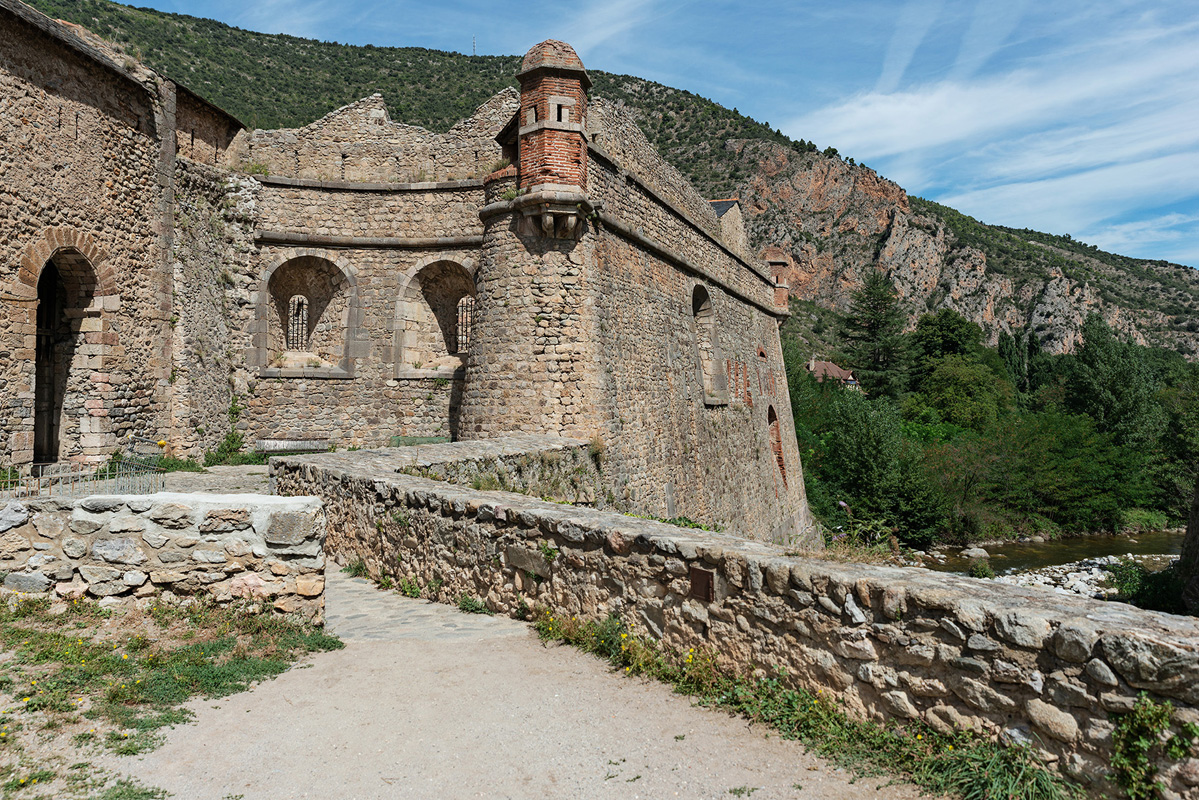


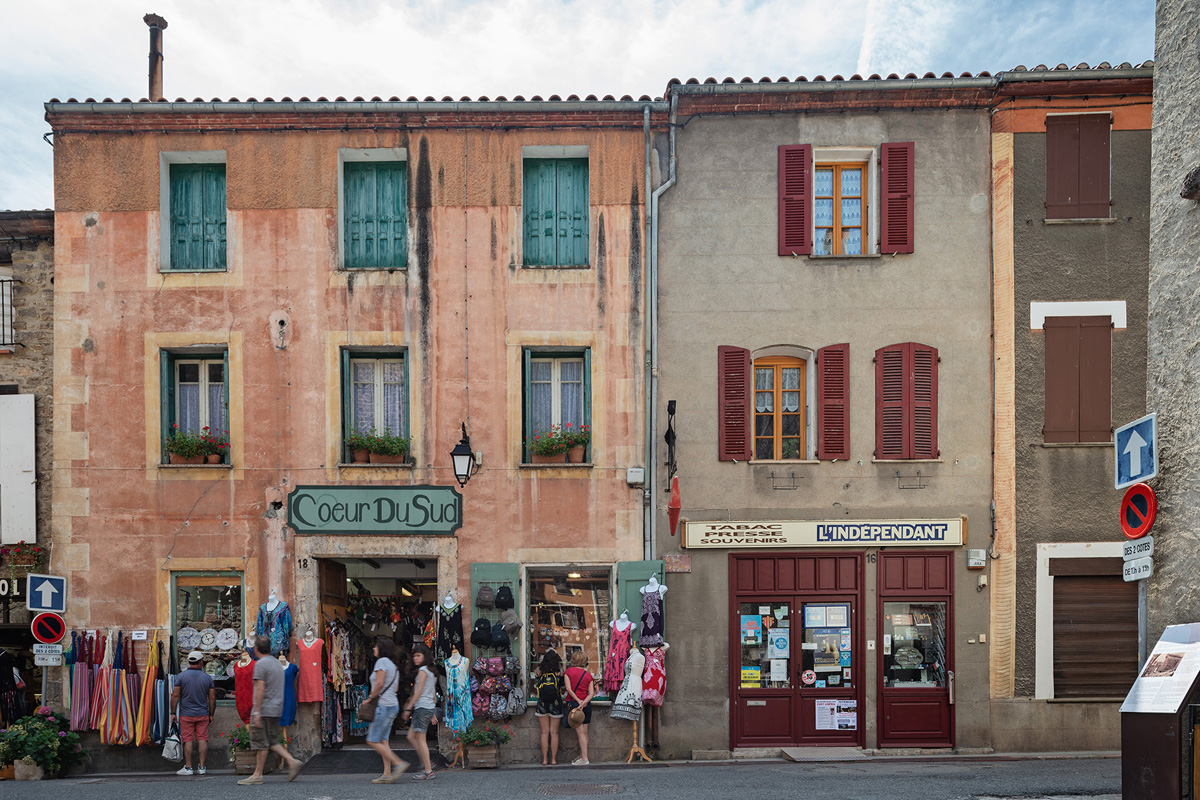
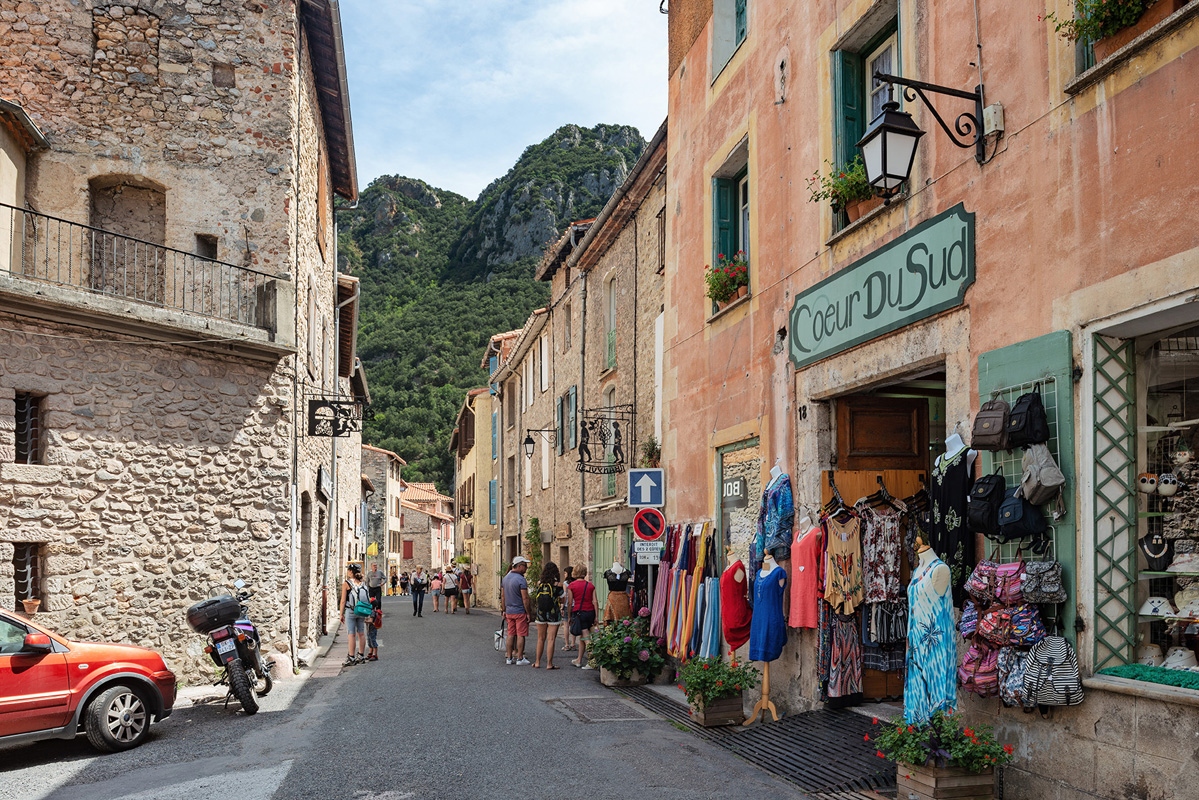

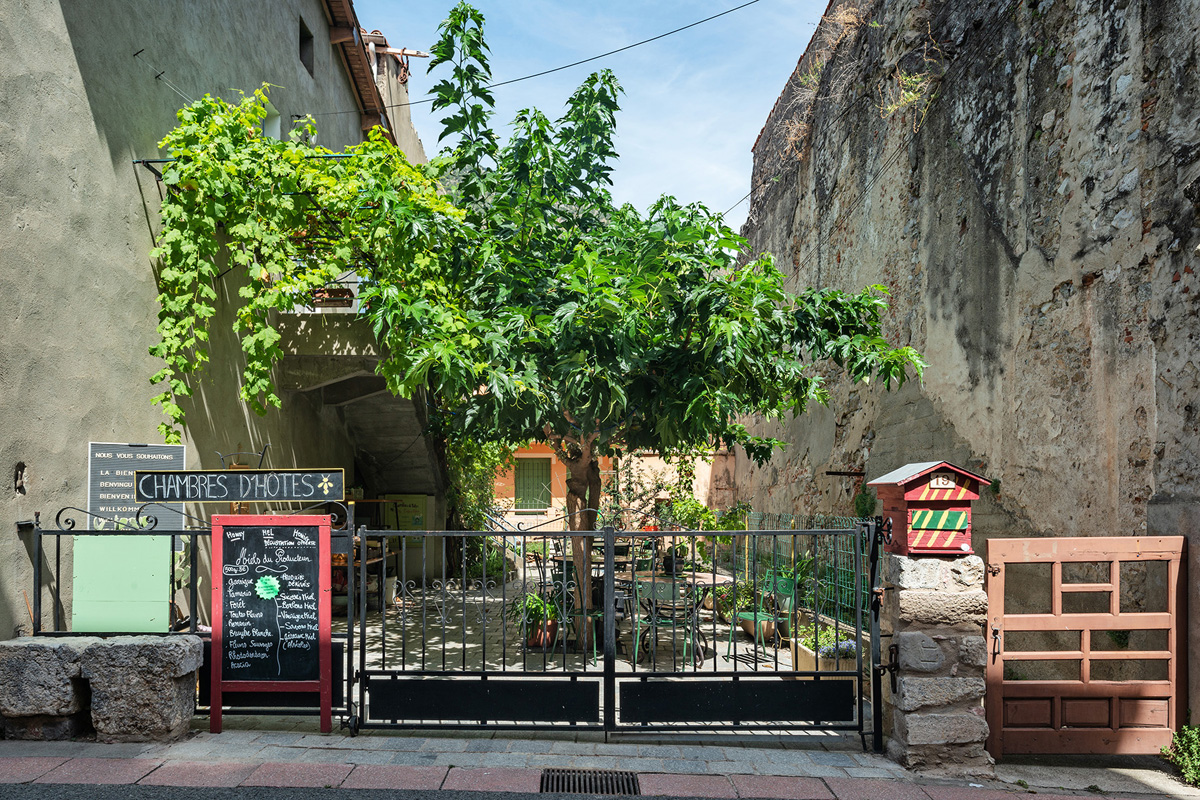
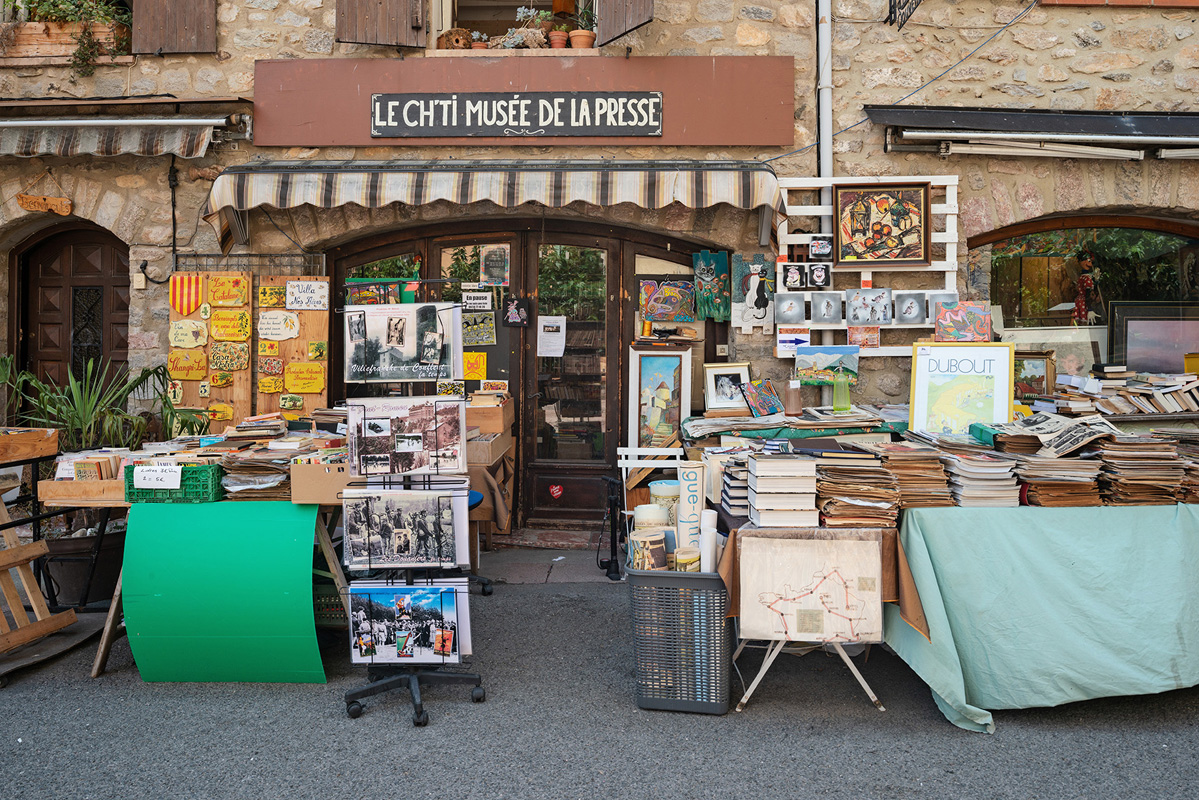
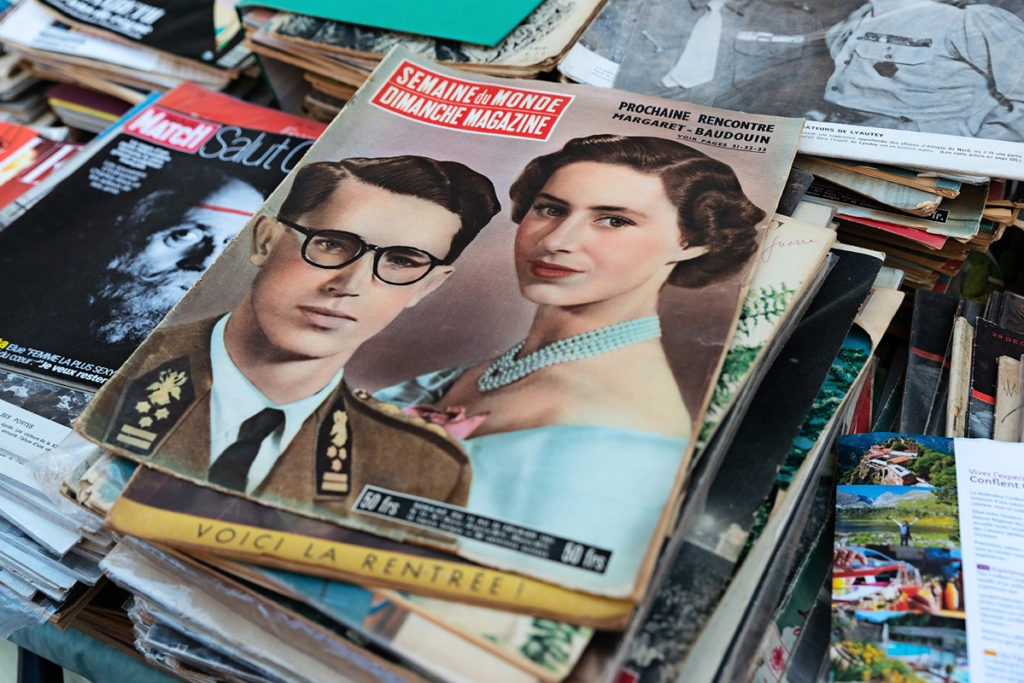
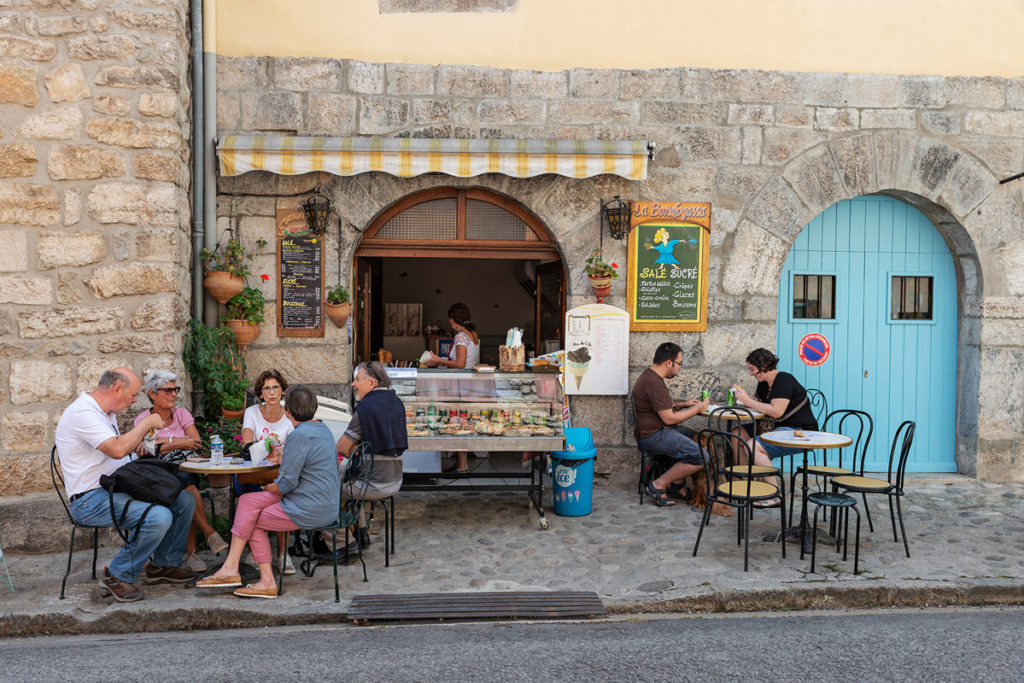
Although this fourth stop wasn’t on the list, I always like to take a moment to photograph interesting people I meet along the way while walking around. Meet Gwénaël Bonaque, a local artisan glass-maker, taken in his workshop at lunchtime. Unfortunately, my day was quite busy and I couldn’t get photos of him in action this time around.
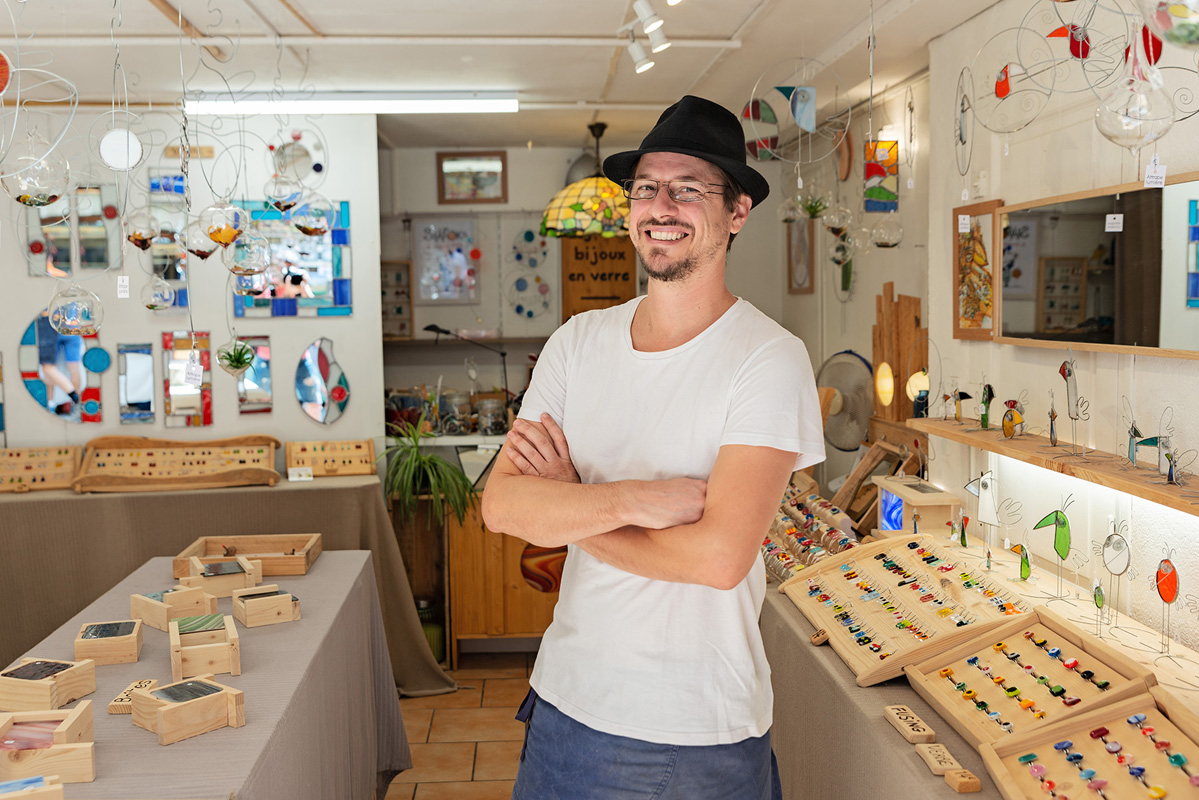
Following the St-Jacques street, I then found myself a the main town square, which features a roman church built in the XIIth century: Església de Sant Jaume. This is where I decided to take a quick break for lunch.
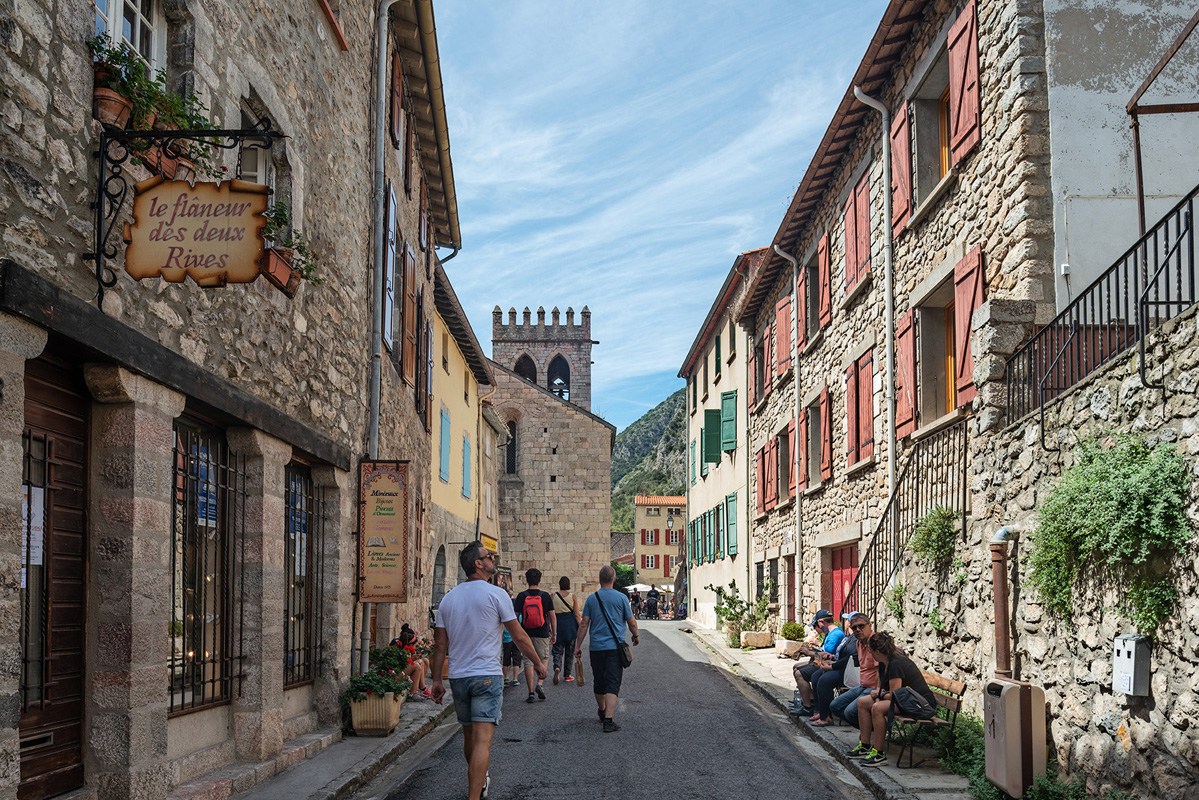
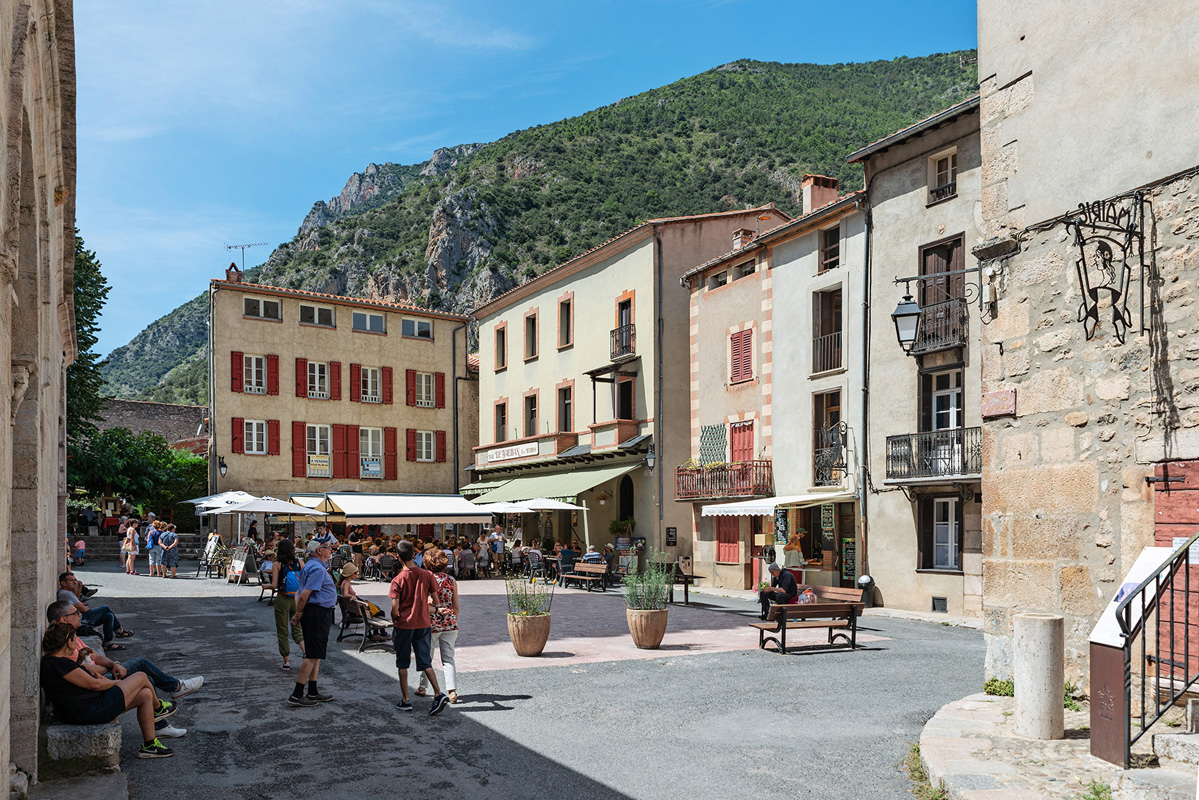
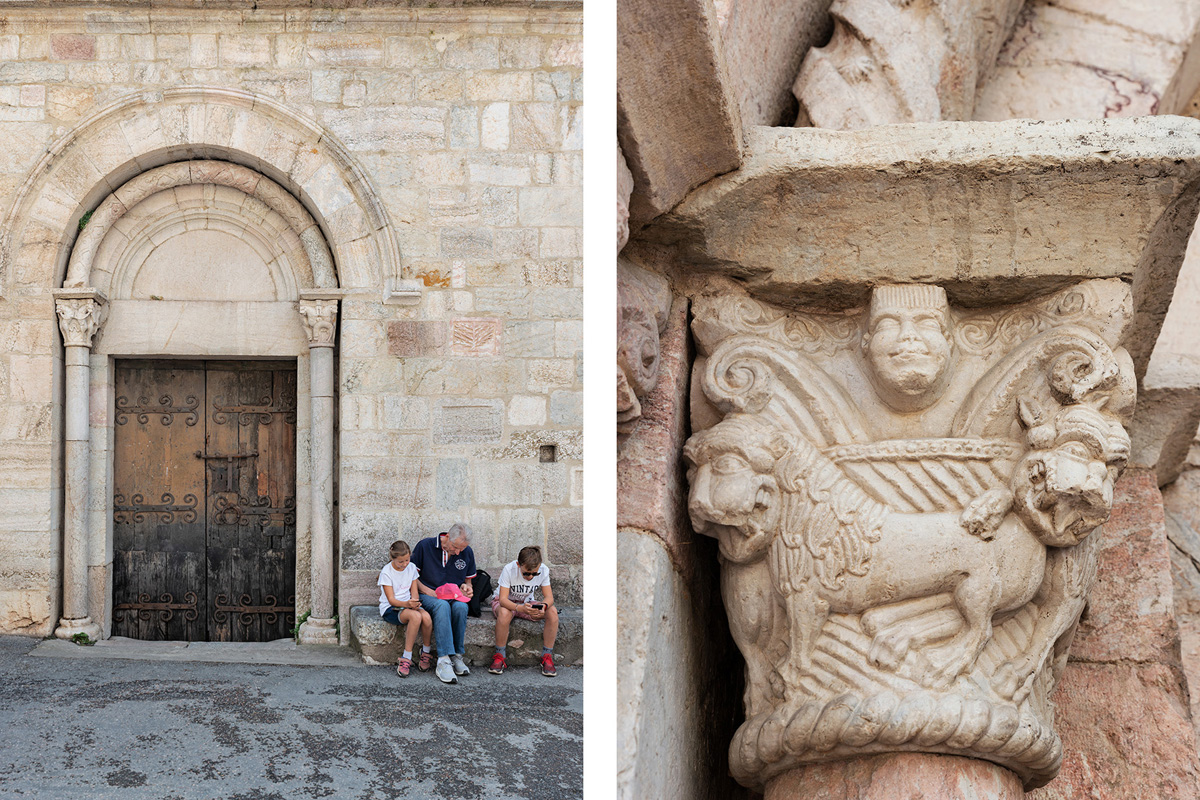
Taking another look from outside the fortification, I headed back inside.

Having discovered most of the town, I wanted to reach another feature of this location: Fort Liberia. The fort (present on the edge of a cliff in the next image) was also built by Vauban and overlooks the valley.
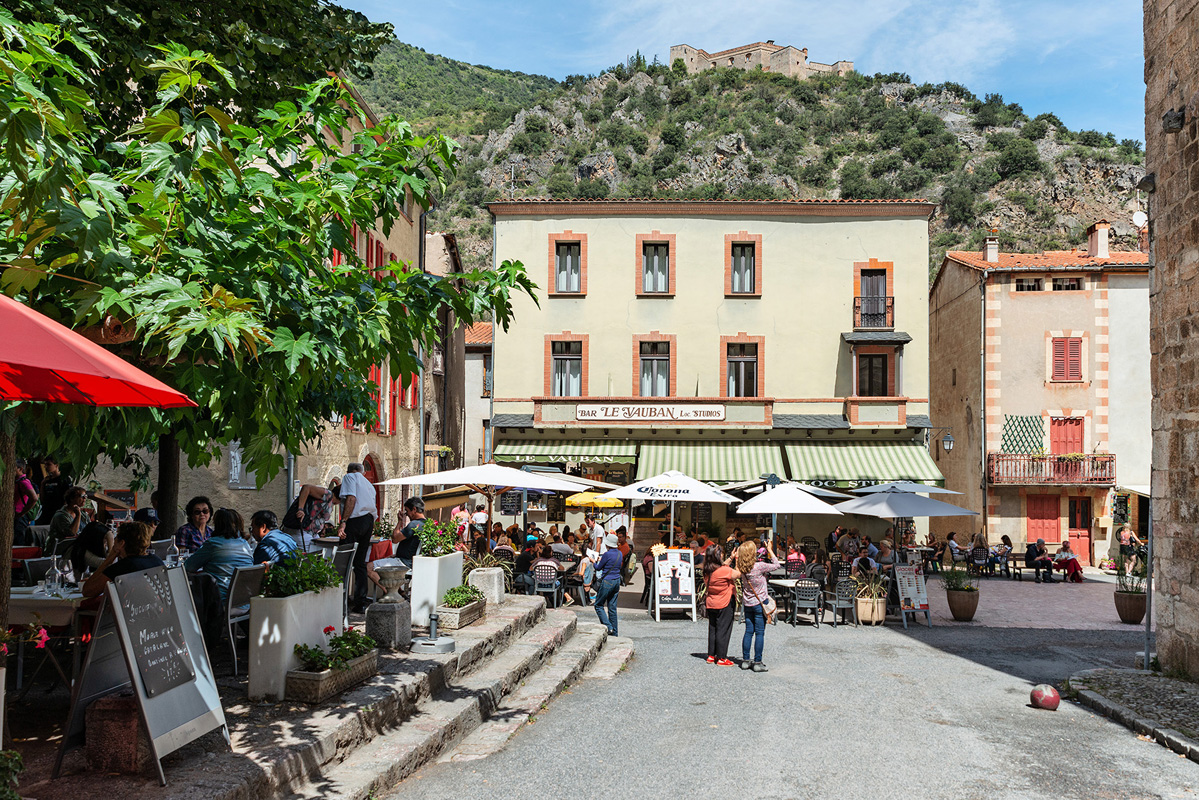
Following a small passage between houses, you arrive at a railroad crossing.

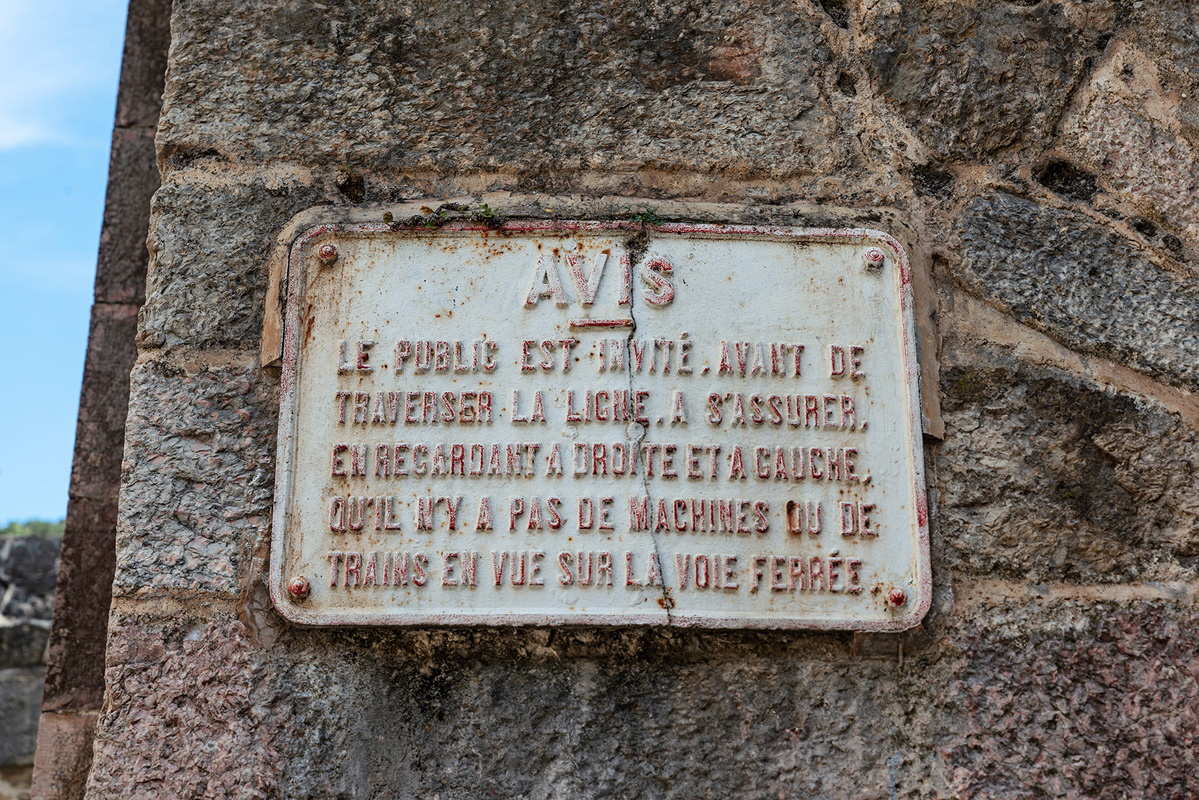
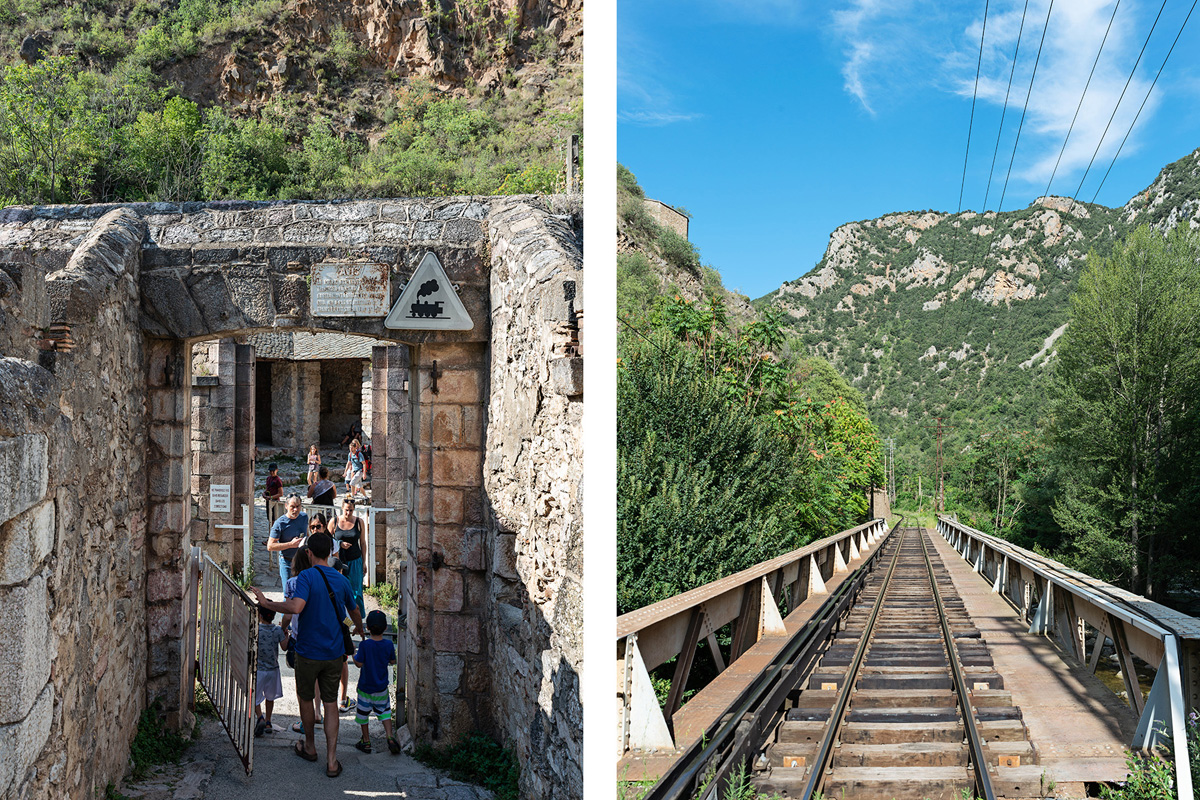
To go up to the fort, I was faced with two options: a trail and stairs. I decided to take the trail on the way up so I could capture this view towards the north east of the valley and the train station.
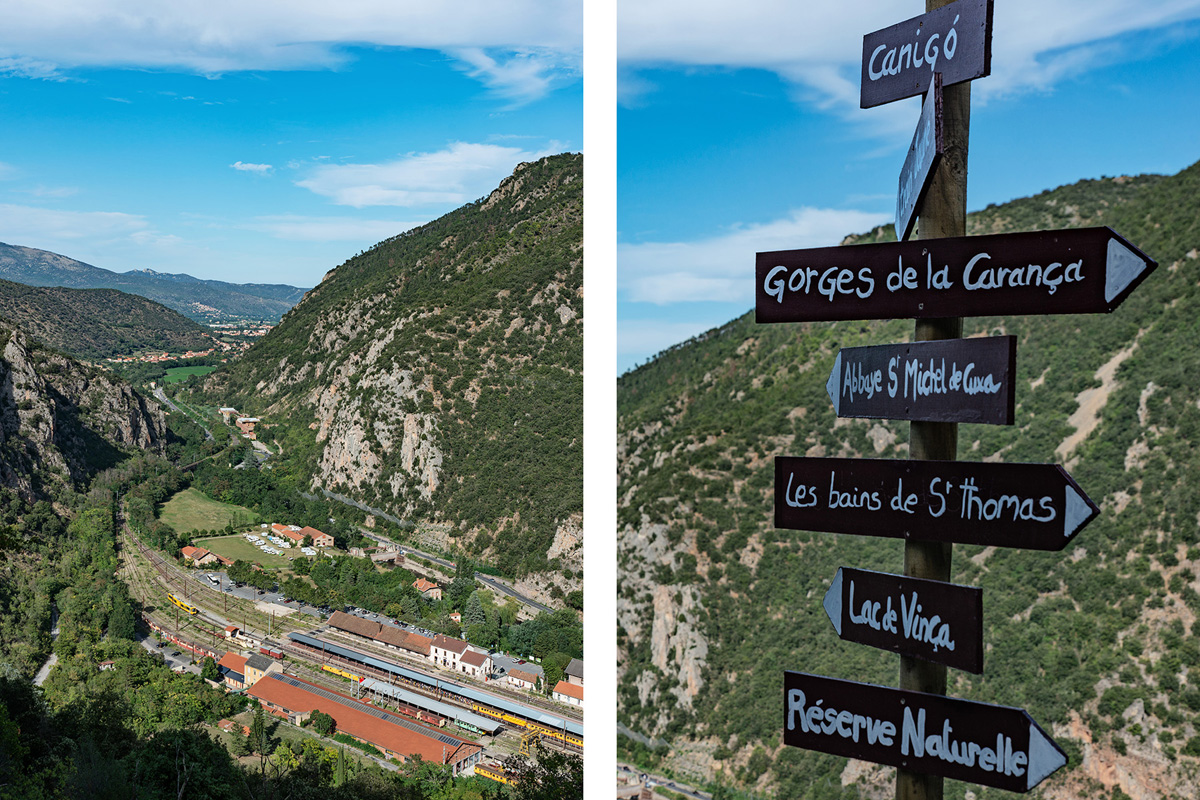
Once I arrived at the fort, I was able to capture the view towards the west of the valley. What’s interesting is that from the top of the fort, you can’t actually see the town. Asking around, I get told that you have to take the stairs down a little to be able to find a vantage point.
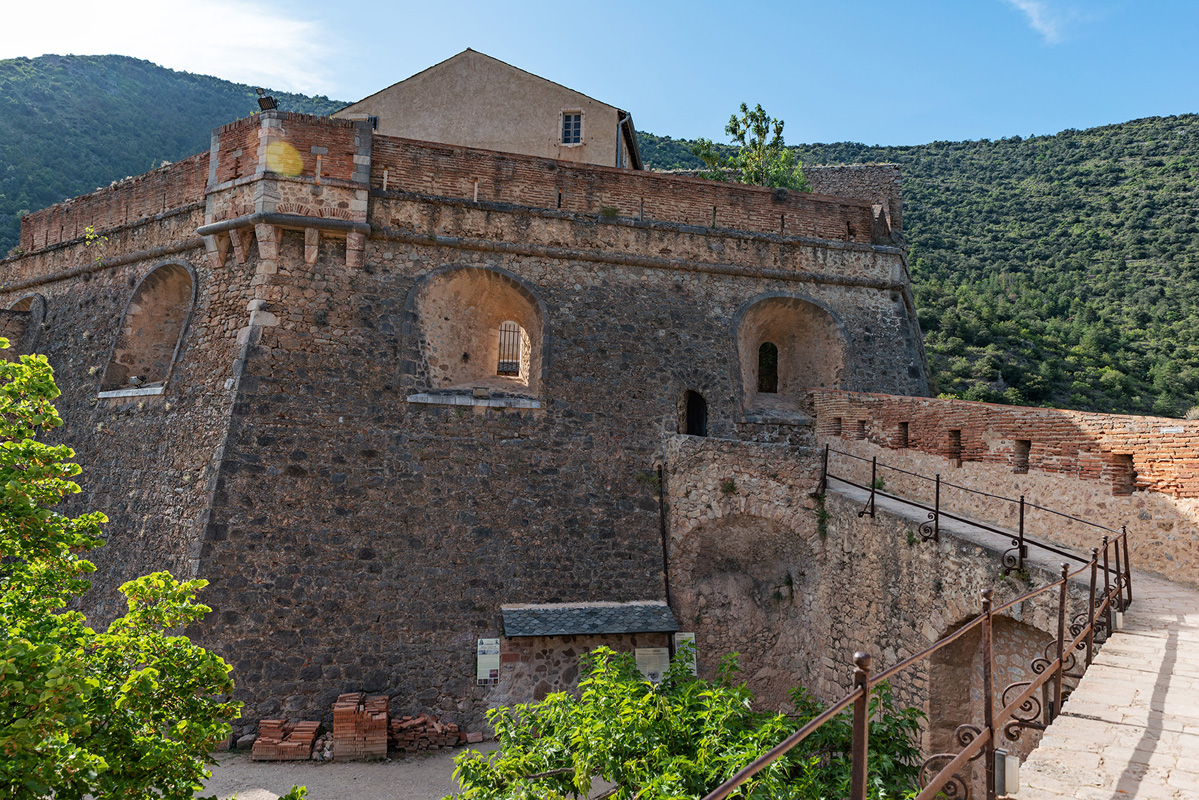
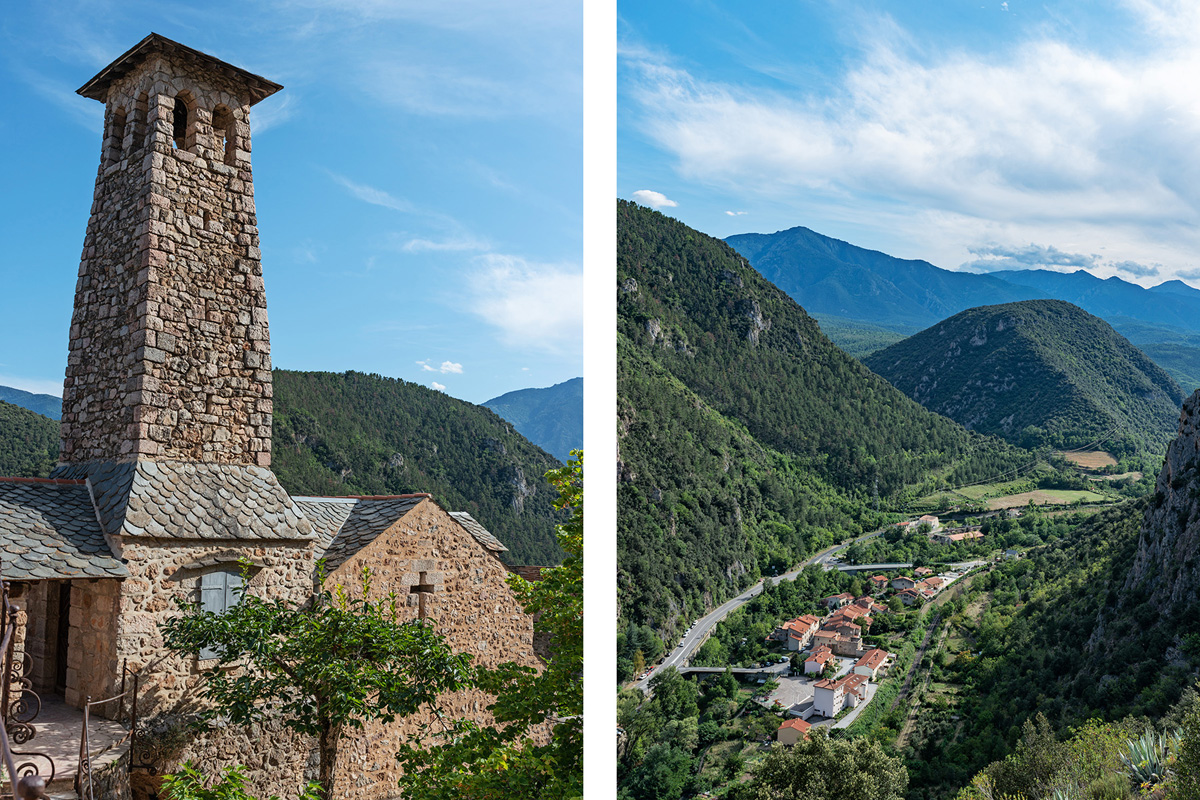
Learning that the underground stairs were more than 750 steps long, I was more happy I took the trail up, as even going down was quite intense on the legs.

However, it was well worth it. The view from one stops on the way down was breathtaking and well worth the effort!
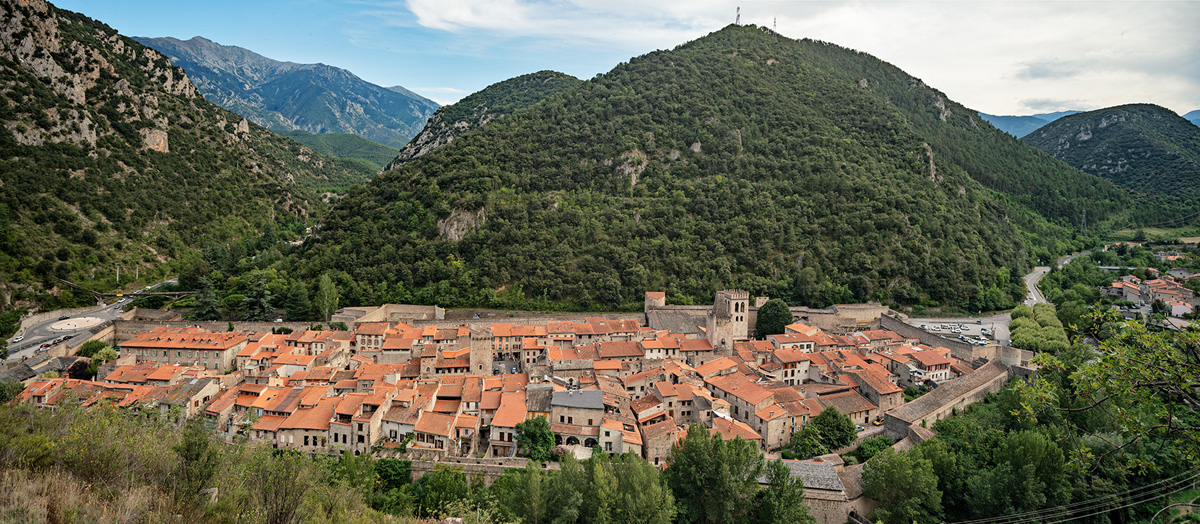
Thanks for viewing!
David Giral is a published Montreal/Toronto based editorial and commercial professional photographer specialized in architecture, interiors, portrait and travel photography.
Blog | Flickr | Twitter | Facebook | Google+ | LinkedIn | Email | Fine Art America
Text, photographs, and other media are © Copyright David Giral (or others when indicated) and are not in the public domain and may not be used on websites, blogs, or in other media without permission from David Giral.


